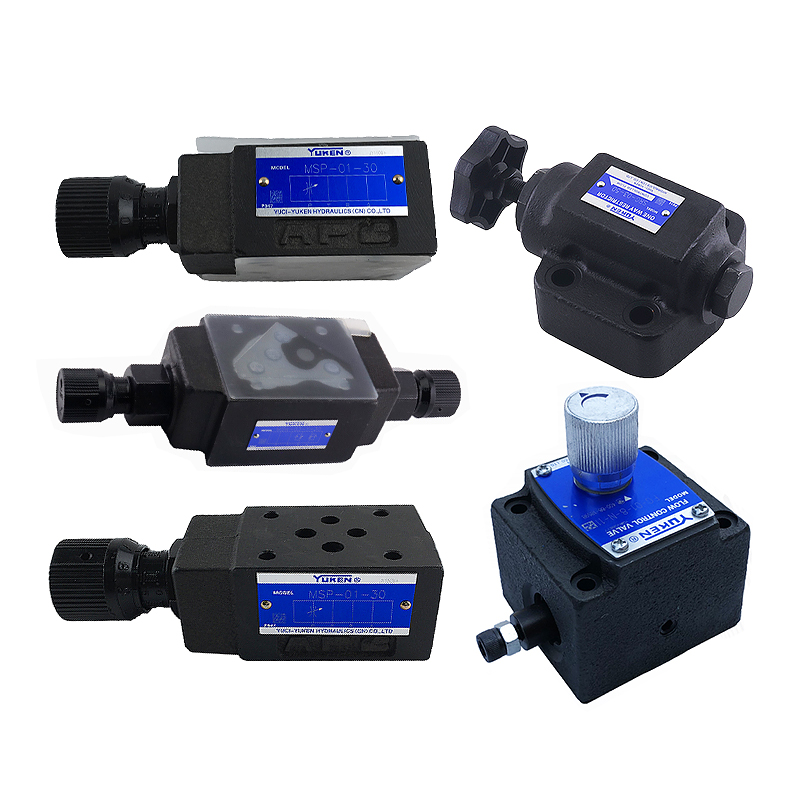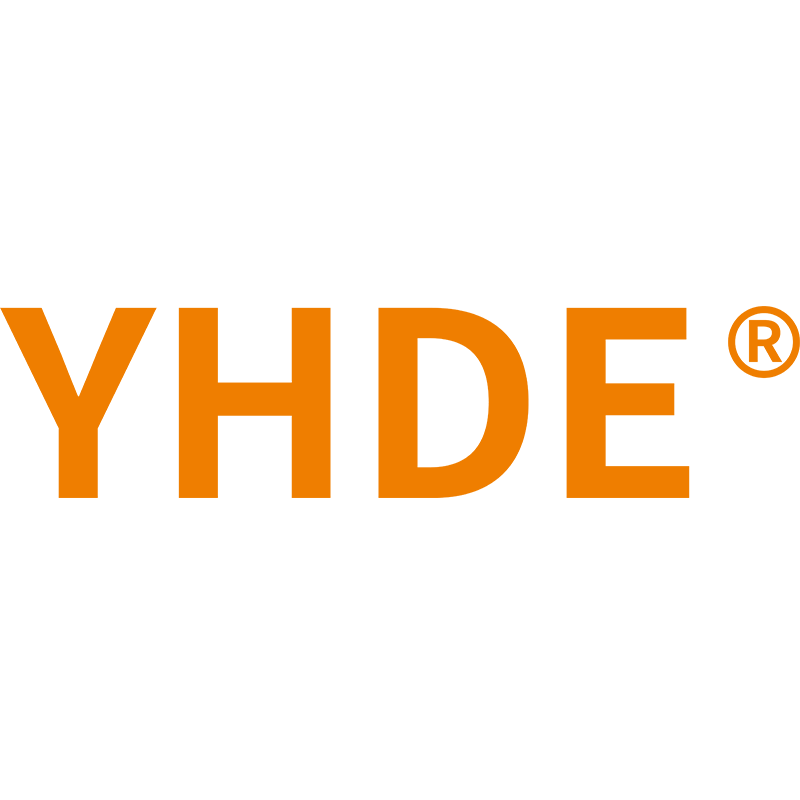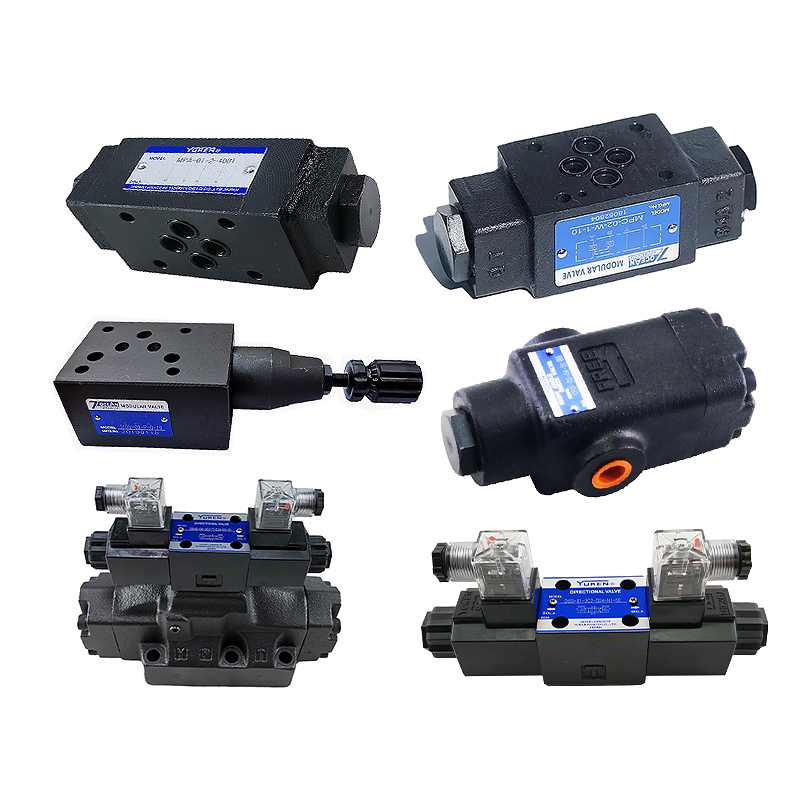How to distinguish hydraulic valves
Hydraulic solenoid valve is an element used to control the pressure, flow and direction of liquid in hydraulic transmission.
Among them, those that control pressure are called pressure control valves, and those that control on-off and flow direction are called directional control valves.

Pressure control valves are divided into overflow valves, pressure reducing valves and sequence valves according to their applications.
Overflow valve: it can control the hydraulic system to maintain a constant state when reaching the set pressure.
The overflow valve used for overload protection is called a safety valve. When the system fails and the pressure rises to the limit value that may cause damage, the valve port will open and overflow to ensure the safety of the system.
Pressure reducing valve: it can control the branch circuit to obtain a stable pressure lower than the oil pressure of the main circuit.
According to the different pressure functions it controls, pressure reducing valves can be divided into constant value pressure reducing valves (the output pressure is a constant value), constant difference pressure reducing valves (the difference between input and output pressure is a constant value) and constant ratio pressure reducing valves (the input and output pressure maintain a certain proportion).
Sequence valve: it can make one actuator (such as hydraulic cylinder, hydraulic motor, etc.) act, and then make other actuators act in sequence.
The pressure generated by the oil pump first pushes the hydraulic cylinder 1 to move, and at the same time acts on the area A through the oil inlet of the sequence valve.
When the hydraulic cylinder 1 moves completely, the pressure rises, and the upward thrust acting on the area A is greater than the set value of the spring, the valve element rises to connect the oil inlet and the oil outlet, so that the hydraulic cylinder 2 moves.

2. The flow control valve adjusts the flow by adjusting the orifice area between the valve core and the valve body and the local resistance it generates, so as to control the movement speed of the actuator. Flow control valves are divided into 5 types according to their applications.
(1) Throttle valve: after the throttle area is set, the movement speed of the actuator with little change in load pressure and low requirements for motionuniformity can be basically kept stable.
(2) Speed regulating valve: when the load pressure changes, the pressure difference between the inlet and outlet of the throttle valve can be kept at a constant value. In this way, after the throttle area is set, no matter how the load pressure changes, the speed regulating valve can keep the flow through the throttle unchanged, so that the movement speed of the actuator is stable.
(3) Diverter valve: equal quantity diverter valve or synchronous valve that can make two actuators of the same oil source obtain equal flow regardless of load; The proportional diverter valve that distributes the flow in proportion is obtained.
(4) Collecting valve: opposite to the diverter valve, it distributes the flow into the collecting valve in proportion.
(5) Diverting and collecting valve: it has both functions of diverting valve and collecting valve.
3. Directional control valves are divided into one-way valves and reversing valves according to their applications.
(1) One way valve: only the fluid is allowed to be connected in one way in the pipeline, and the reverse is cut off.
(2) Reversing valve: change the on-off relationship between different pipelines, and divide it into two or three positions according to the working position of the valve core in the valve body; It is divided into two-way, three-way, four-way and five-way according to the number of controlled channels; According to the driving mode of the valve core, it can be divided into pneumatic, motorized, electric, hydraulic, etc

